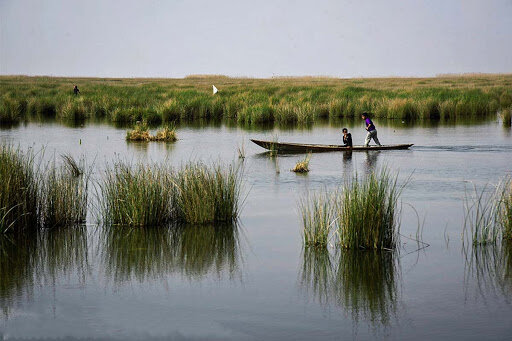Shadegan wetland becoming a better habitat for migratory birds

TEHRAN – Measures are being taken in Shadegan wetland to improve living conditions for migratory birds, Issa Kalantari, head of the Department of Environment (DOE), has stated.
Culverts are being constructed which will fill the wetland all year round so that it will prevent the rise of dust and improve the living conditions of birds, he noted.
“Some 20 million dollars has been earmarked for sand and dust control in the next year’s national budget bill (beginning on March 21), the internal dust hotspots in Khuzestan province have been contained, but the external sources, namely Iraq, Saudi Arabia, and Syria are out of our control,” he explained.
“Municipal waste around the wetland should be managed so that we plan to take up waste to energy activities.”
Shadegan wetland covers 530,000 hectares, 400,000 hectares of which has been designated as a Ramsar site (defined by the Ramsar Convention for the conservation and sustainable use of wetlands, recognizing the fundamental ecological functions of wetlands and their economic, cultural, scientific, and recreational value).
The wetland feeds on Marun and Karun rivers both crossing Kohgiluyeh and Boyer-Ahmad province, but after dam construction over the Karun river, the wetland went dry not receiving its water right.
After the torrential rains and flooding started on March 19, 2020, the wetland has been saturated.
Last winter (December 2019- March 2020), 150,000 migratory birds were observed in the wetlands and reservoirs of Khuzestan. And the highest number of birds was counted in Hour al-Azim wetland, the highest diversity in the Shadegan wetland, and the highest population decrease in Bandoon wetland.
In January 2020, IRNA quoted Mostafa Kenarkoohi, the director-general of Khuzestan province’s veterinary department, as saying that fourteen types of indigenous and migratory birds are living in the wetland and they are monitored constantly in terms of health.
FB/MG
